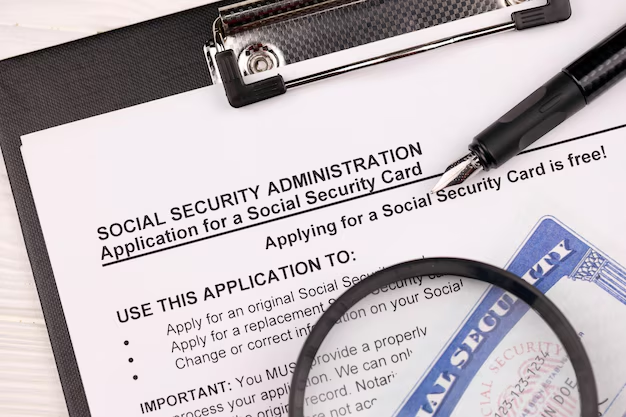Do Government Employees Contribute to Social Security? Here’s the Truth You Need to Know
When it comes to Social Security contributions, most people know the general rule: employees contribute a portion of their paycheck, matched by their employer, to fund future benefits. But things get intriguing when we talk about government employees. So, do government employees pay into Social Security like everyone else? The answer is both yes and no, depending largely on their employer and hiring date.
Understanding the Exceptions
Federal Employees
For federal employees, the situation varies. Those hired before 1984 were generally part of the Civil Service Retirement System (CSRS), a pension plan that did not require Social Security contributions. However, those who joined the federal workforce in 1984 or later are covered under the Federal Employees Retirement System (FERS), which does include Social Security.
State and Local Government Workers
State and local government employees can present a different scenario. Some states opted for public pension plans instead of participating in Social Security. While many state and local government workers do contribute to Social Security today, there remain some who do not, particularly in states like California, Texas, and Illinois.
Why It Matters
Understanding these distinctions is crucial for government employees planning for retirement. Those not contributing to Social Security must pay closer attention to their pension plans. If you're in this group, it’s essential to comprehend the details of your retirement benefits to ensure financial stability in retirement.
Additionally, employees who have worked both in jobs that paid into Social Security and those that did not may be affected by provisions like the Windfall Elimination Provision (WEP) or the Government Pension Offset (GPO), which can reduce Social Security benefits under certain conditions.
The Bigger Picture of Financial Planning
Government employees face unique challenges. Those relying solely on non-Social Security plans need to explore diverse financial strategies for a secure retirement. Beyond pensions, let’s explore other financial avenues that can enhance retirement readiness and financial health.
Exploring Financial Assistance Programs
While working out your financial future, government employees can benefit from several programs that complement their retirement plans:
- Government Aid Programs: Tailored for individuals who require additional financial support, these can include food stamps, housing assistance, and healthcare programs.
- Educational Grants: Often available for those seeking further education. These can be vital for acquiring skills that lead to better job opportunities and promotions.
- Credit Solutions: Managing debt and credit is critical. Options include credit counseling services and consolidation plans to improve financial health.
- Debt Relief Options: For those burdened by significant debt, exploring options like debt settlement or bankruptcy may provide fresh starts.
Developing a holistic understanding of your financial standing, including Social Security participation, can form the cornerstone of successful financial planning.
Key Takeaways
- Federal Employees: Those hired before 1984 under CSRS typically do not contribute to Social Security, while those under FERS do.
- State and Local Workers: Participation in Social Security can vary based on state and local policies.
- Financial Planning: Aware of specific provisions and programs that affect retirement benefits, it’s vital to explore broader financial tools.
Taking proactive steps toward financial education and strategic planning can pave the way for a secure future. Here is a list of valuable programs and solutions that can help along the way:
- 🏛 Government Aid Programs: Including healthcare (Medicare, Medicaid), and housing support.
- 💰 Financial Counseling Services: For managing debt and improving financial literacy.
- 🎓 Educational Grants and Scholarships: For furthering education without accruing debt.
- 🏦 Credit Counseling: Advising on managing and consolidating debt.
- 🚫 Debt Relief Options: Settlement and consolidation strategies to reduce financial burden.
With knowledge and strategic planning, government employees can navigate the complex landscape of Social Security and retirement planning with confidence.

Related Topics
- a Social Security Card
- Are People On Social Security Getting $250
- Are Social Security Benefits Taxable
- Are Social Security Benefits Taxable Income
- Are Social Security Benefits Taxed
- Are Social Security Checks Late This Month
- Are Social Security Disability Benefits Taxable
- Are Social Security Earnings Taxable
- Are Social Security Numbers Recycled
- Are Social Security Numbers Reused